Ford Makes Breakthrough with New EV Technology
LMR cells have historically proven difficult to produce, but the team at Ford Ion Park is confident that they've made serious progress.
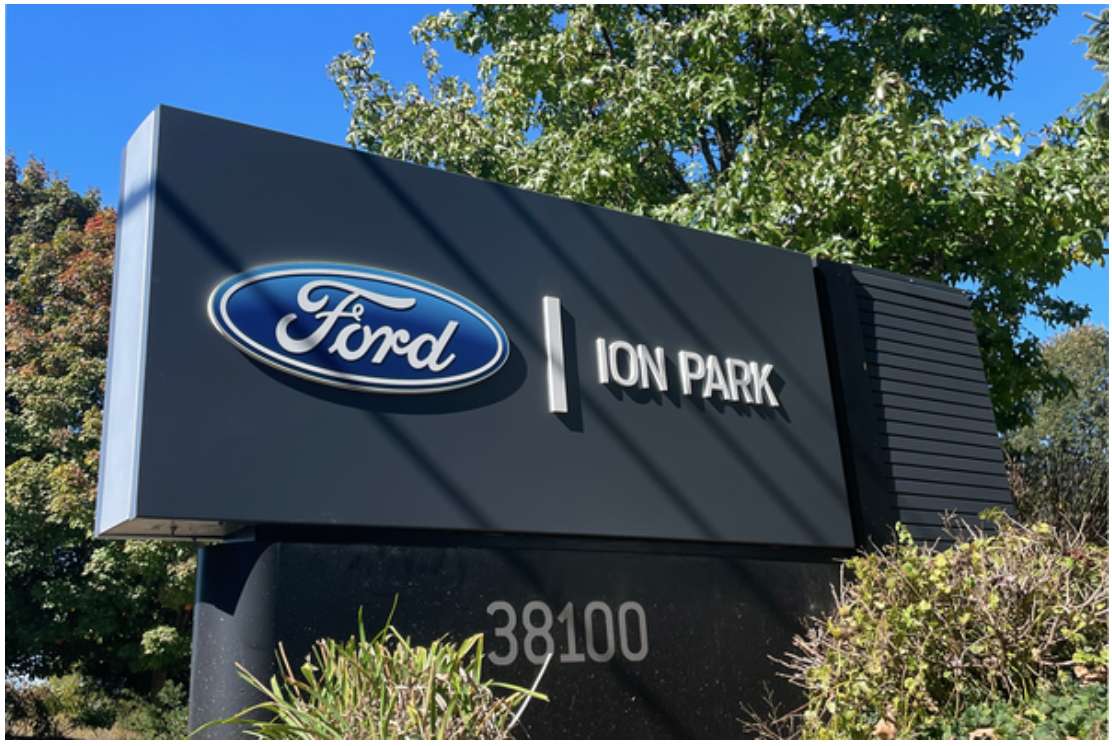
Late this month, Ford crossed a significant milestone in the journey to producing more affordable, long-range electric vehicles by 2030.
After intense research and development at the Battery Center of Excellence, Ion Park, second-gen LMR cells are being produced on a pilot line.
Charles Poon, Director of Electrified Propulsion Engineering at Ford posted some information about this development on LinkedIn.
This isn't just a lab experiment. We're actively working to scale LMR cell chemistry and integrate them into our future vehicle lineup within this decade. - Charles Poon
What Does LMR Mean?
Good question. LMR stands for lithium manganese-rich, which theoretically offers superior energy density and cost advantages since the batteries don't need nickel and cobalt like lithium-ion compounds. Manganese is cheap and abundant compared to nickel and especially cobalt, which have had prices fluctuate in recent years due to the war in Ukraine and sourcing issues from the Democratic Republic of Congo.
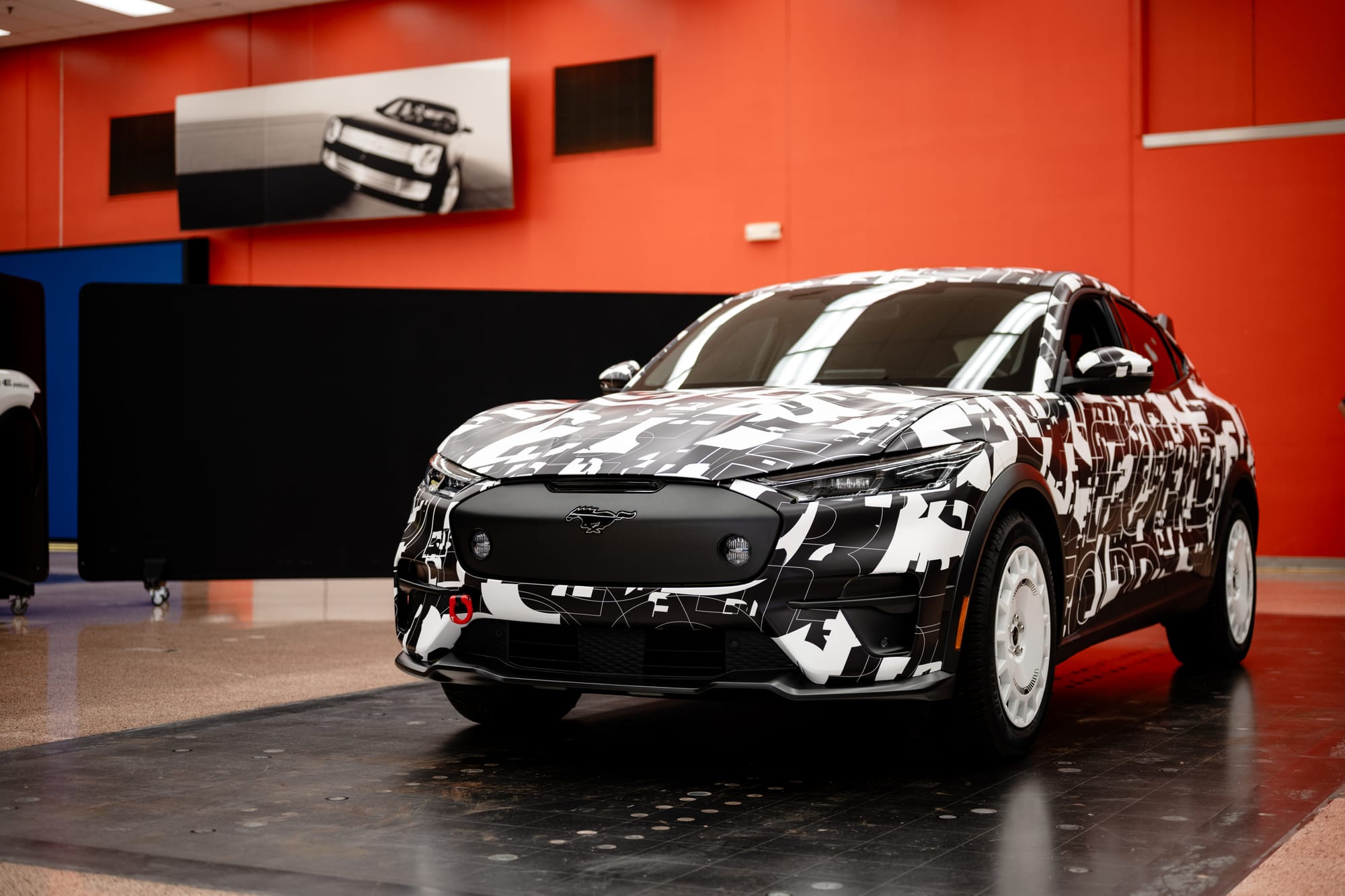
Historically, however, there have been some inherent problems with LMR cells though, such as voltage attenuation over time, capacity loss, and thermal stability degradation. Ford didn't go into any detail regarding these, but it seems that the company is gaining confidence in dealing with these issues.
Questions and Answers from the Ford Team
Larry Groth, Manager of Strategy, Planning and Operations at Ford Ion Park took the time to answer these. Thank you, Mr. Groth! Also big thanks to Bodhi Satya Basu Thakur for facilitating the communications.
Q. What were the challenges in the development process of this new breakthrough?
A. One of the biggest hurdles was getting the right balance of chemical composition to achieve the desired cell performance and lifespan. Our scientists and engineers obsessed over every detail, experimenting on many composition variations, but we've systematically worked through them, making incremental improvements along the way. It’s gratifying to get to a place where we have high confidence in industrialization.
Q. What drew you to work on battery technology?
A. I was originally drawn to battery technology because it felt like a new frontier in the automotive world. The chance to contribute to that discovery and be part of the generation that makes breakthroughs was a huge motivator. Honestly, it's awesome to see the output in the form of a Mustang Mach-E or F-150 Lightning or even an Escape PHEV driving on the road. And then, talking to customers and neighbors who love their electric vehicle experience and give you a high-five for being part of it – that's a pretty great feeling.
Q. What excites you most about LMR battery chemistry?
A. What excites me most about LMR is that we've cracked the code! We're now refining and moving towards industrialization. I'm excited how this technology will help make electric vehicles more accessible to everyone.
Q. Will this chemistry allow for more local manufacturing of battery components in North America or Europe?
A. We'll share more information on manufacturing in the future.
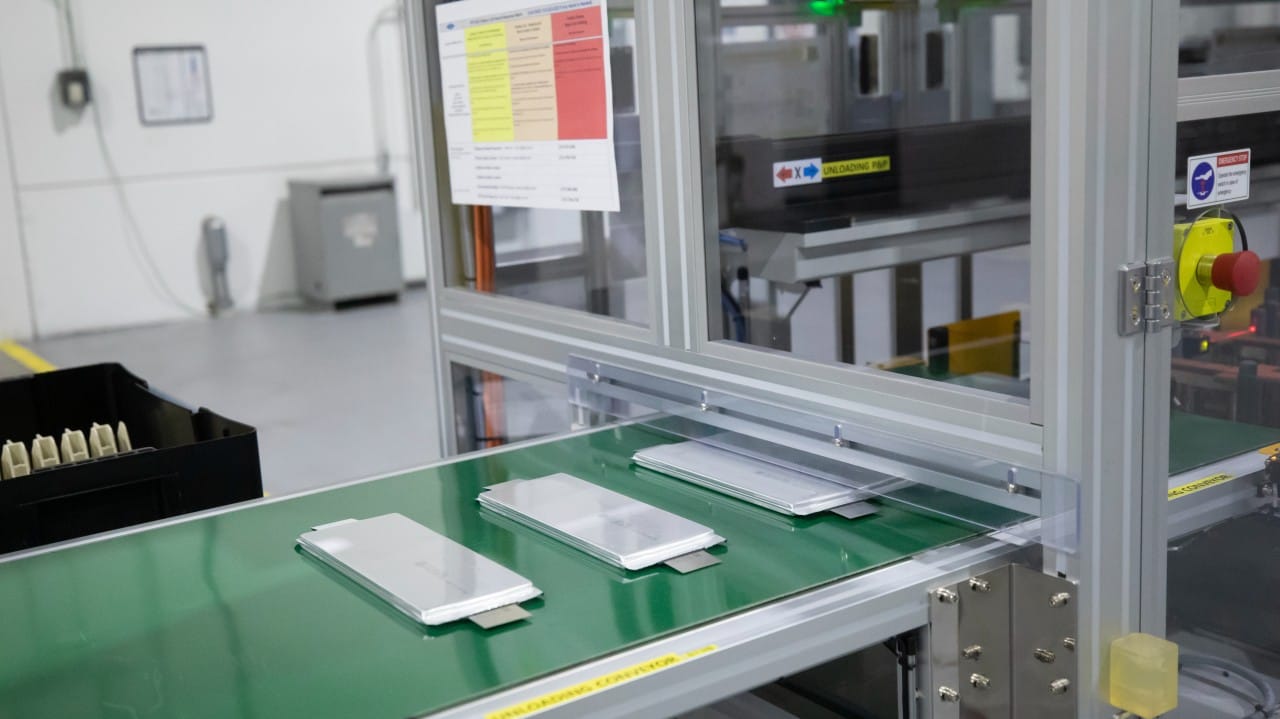
Ford Ion Park: The Epicenter of Battery Innovation
Charles Poon posted this section in his piece on LinkedIn
The LMR work is testament to the incredible talent and dedication of our team at Ion Park. Our Battery Center of Excellence is home to more than 135 world-class chemists, manufacturing engineers and scientists, hailing from the top battery companies and research institutions around the globe. We have gathered them together equipping them with the most advanced equipment in the world in an environment with no boundaries.
We've fostered a culture of relentless innovation, where challenging convention and pushing the boundaries of what's possible is part of our every day. From materials science to cell design to manufacturing processes, we're tackling every aspect of battery technology with unwavering focus to reduce cost. Ford started by offering nickel cobalt manganese (NCM) batteries and later added lithium iron phosphate (LFP) batteries in 2023. LMR is the answer to “what next?”
"It’s an honor to be part of the Ford team as we achieve this significant milestone." - Charles Poon, Director of Electrified Propulsion Engineering at Ford
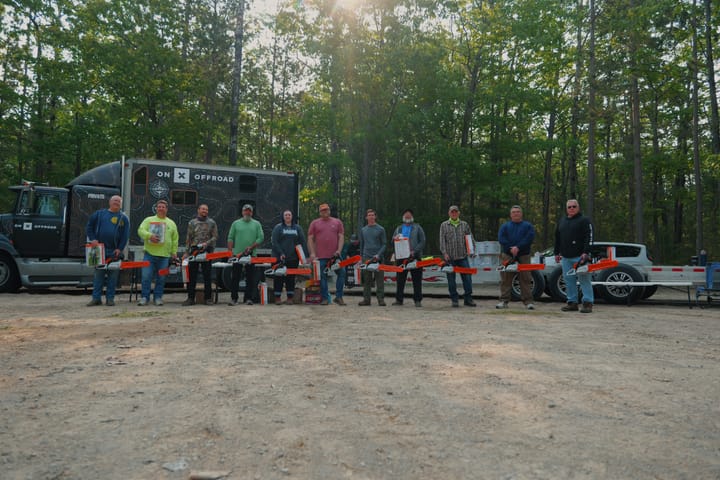
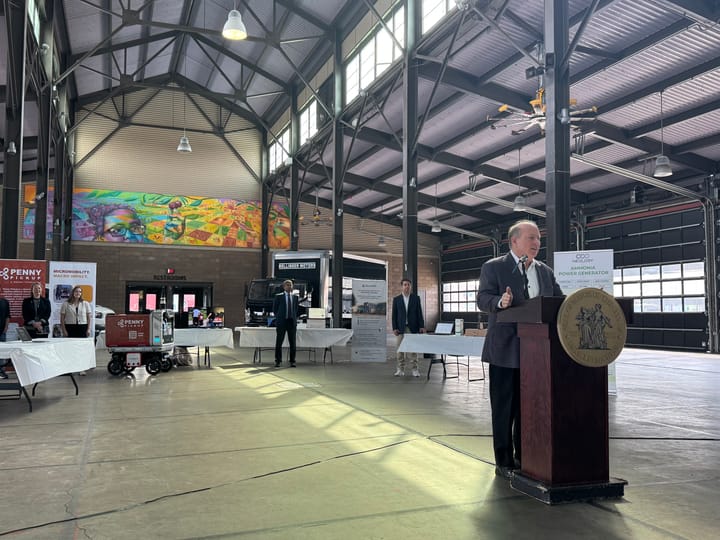
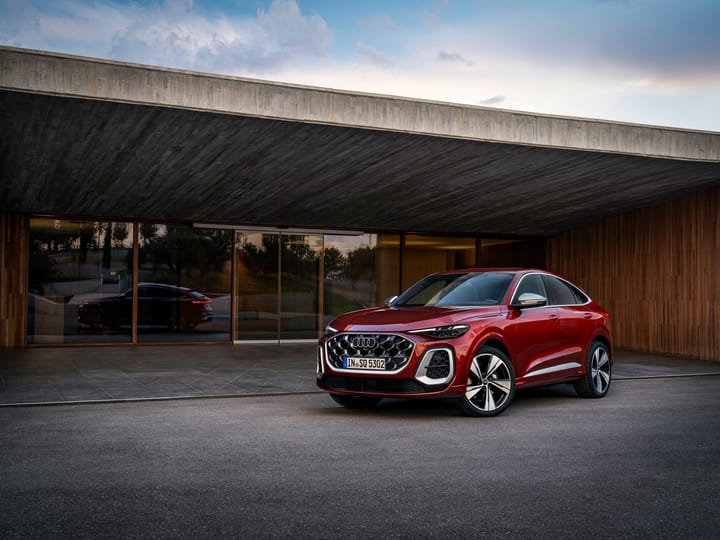
Comments ()